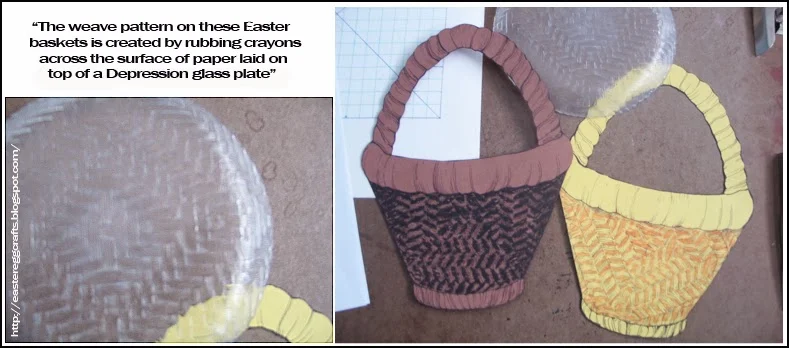 |
A mosaic making exercise that trains little ones how
look and apply color to define objects in two
dimensional space. This project is good for fourth
and fifth graders, ages 9-11. |
This is the type of art project that appears more difficult than it actually is. Because I am both an art educator and a studio artist, I am always looking for methods that aid students on their long road to becoming confident makers of art. This simple process of crafting a paper mosaic on top of an image helps young budding artists to understand how color works to describe shape and illusion. Once the student has completed a couple of these processes, he will be ready to develop a mosaic from scratch because he will remember the logical choices he made previously through this process.
Tear from a catalog, a photo of Christ and then proceed to shred small piles of paper of similar colors that you see in the photograph. You will be layering the tiny shreds of paper on top of your image with white glue. The more practiced you become at this mosaic exercise, the closer your version will be to the one you are pasting on top of.
Teachers may wish to give each student a colored photocopy of the picture they are working on top of, in order to help guide them should they make mistakes that they will need to alter later.
It is very advantageous to teach the young through literal practice such as this. I understand that there are many art teachers who are apposed to such measures. But, often their agenda is not to aid in the development of an "actual" artist who is to become a confident, skilled professional. There are many reasons for teaching the young less literally. Art educators teach innovation and creative processes in which students must come up with answers to problems on their own. This is good and I develop a great many projects that require such analysis. However, I do not sacrifice good old-fashioned training for it. This is because I know that repetition in development of formulating how something is produced is necessary for those students who would take their creative learning into the production of actual art works. Many art educators will quickly sacrifice their protege for the sake of facilitating their own philosophy. This kind of instruction alone grieves me; art students need a balanced diet of ideas/applications in order to become the best in their field of study.
It is my goal to produce in my students creative thinking
and confidence
and technical prowess. If they become artistically articulate early in life, they will have time then to embrace the philosophy of practice that means the most to them personally when they are older. I do not approve of indoctrination of students in 'art movements' or 'school's of thought' whilst they are young. Let them grow and become for themselves what is most meaningful for their own generation and time. They may learn a great deal from the past and indeed, I do teach them about the past. But, there will be a unique vision and collection of events for every generation that is particular to itself. It is not for the educator to decide what it should be or how it should be defined based upon what they personally prefer or approve of.
A exercise similar, yet more advanced,
is posted here. I wrote this lesson plan for students in high school. Here the requirement is for teen art students to craft a paper mosaic by observing a space or a photograph. This slight alteration in the exercise causes students to interpret what they are actually observing. A more difficult application would be for them to produce a mosaic from no reference material at all. Do you see how these exercises advance in steps? Excellent training proceeds thus.
Coloring Links to Lenten Themes:
Mosaic of The Kingdom
''In some of the great halls of Europe may be seen pictures not
painted with the brush, but mosaics, which are made up of small pieces
of stone, glass, or other material. The artist takes these little
pieces, and, polishing and arranging them, he forms them into the grand
and beautiful picture. Each individual part of the picture may be a
little worthless piece of glass or marble or shell; but with each in its
place, the whole constitutes the masterpiece of art. So I think it will
be with humanity in the hands of the great artist. God is picking up
the little worthless pieces of stone and brass, that might be trodden
under foot unnoticed, and is making of them part of His great
masterpiece.'' Bishop Simpson








